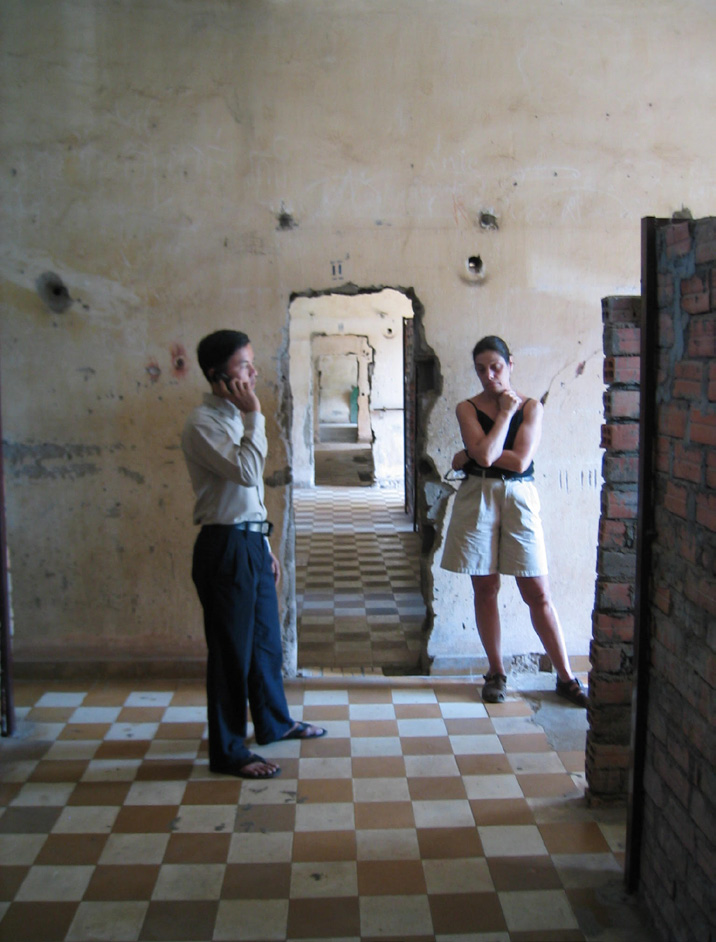
Having been arrested twice while protesting the Vietnam War (or “The Resistance War Against the American Imperialists [to] Liberate the Nation,” as it is known in Vietnam), I was drawn to the Vietnam Military History Museum during our trip to Hanoi in 2005. The building is surrounded by captured American war materials, including tanks, an armored personnel carrier, huge unexploded bombs and the wreckage of several airplanes. The interior has sections devoted to earlier wars dating back millennia, and a large collection of photos from the American War. While photography is clearly an art form, the museum presents photos as documents rather than as art, and seeing victims of napalm it is virtually impossible to think of art.
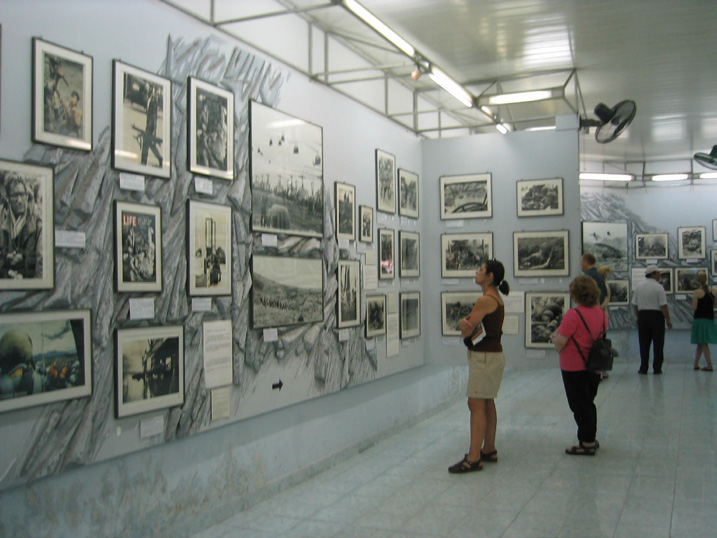
The impact on us of the photos was quite heavy because despite the arrests and myriad protests, like it or not we were part of the American invasion. As Pete Seeger wrote in his song “King Henry:” The year it is now 1965. It’s easier far to stay half alive. Just keep your mouth shut while the planes zoom and dive, ten thousand miles over the ocean…. I mind my own business, I watch my TV, complain about taxes but pay anyway, in a civilized manner my forefathers betray, who long ago struggled for freedom.
To our surprise, the Vietnamese people we met expressed more anger toward the French, who had invaded in 1858 and ruled until they were defeated at Dien Bien Phu in 1954, than toward American tourists. Nevertheless, French baguettes, French hotels, the French language, and other signs of the colonial period, were ubiquitous. Strangely, it was my friend Jacques Dodeman who by himself put the final touches on the French War when he flew from Saigon to Hanoi in 1954 (in a diplomatic plane) and signed a contract on behalf of the French government and the giant publisher Hachette, guaranteeing the supply of French books to the Viet Minh. It was only after his visit that the Viet Minh were willing to sign a permanent cease fire. (Thus, we might wonder which was the more civilized side during our war.)
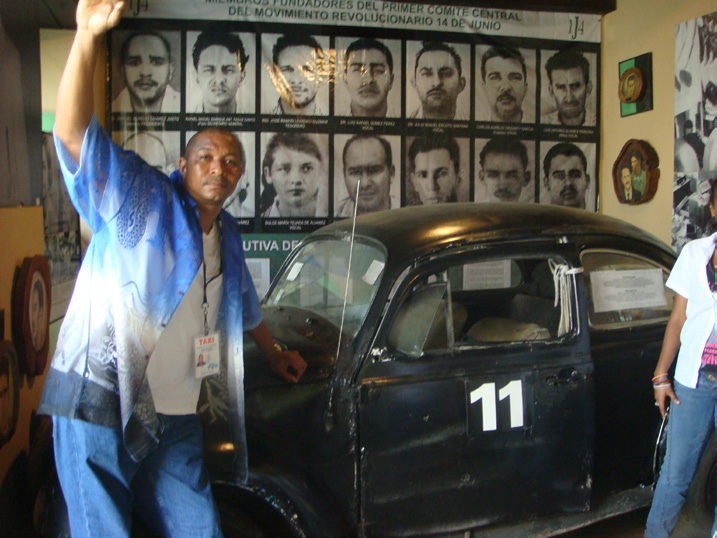
In Hanoi, we also visited the Ho Chi Minh Museum, the former home of the “George Washington” of Vietnam, and in Saigon we walked half crouched through the former tunnels of the Viet Cong, another type of museum. The three museums are pilgrimage sites for visiting Vietnamese and major tourist attractions, albeit not what we anticipate when we choose to visit a museum, i.e., essentially, there is no art.
In addition to Vietnam, French Indochina included modern Cambodia, which also threw off the French yoke in 1954. In Phnom Penh, we visited the Tuol Sleng Genocide Museum, known colloquially as the “Torture Museum.” The building was originally a high school, but in 1975 it was turned into a prison by the Khmer Rouge. Surrounded by electrified barbed wire, the former classrooms were converted into tiny cells and torture chambers, and the windows were covered with iron bars. We walked through the almost bare building where, from 1976 to 1979, an estimated 20,000 people were imprisoned and tortured, many of whom were executed. (It was the Vietnamese army that overthrew Pol Pot and the Khmer Rouge in 1979 and revealed the existence of the prison.)
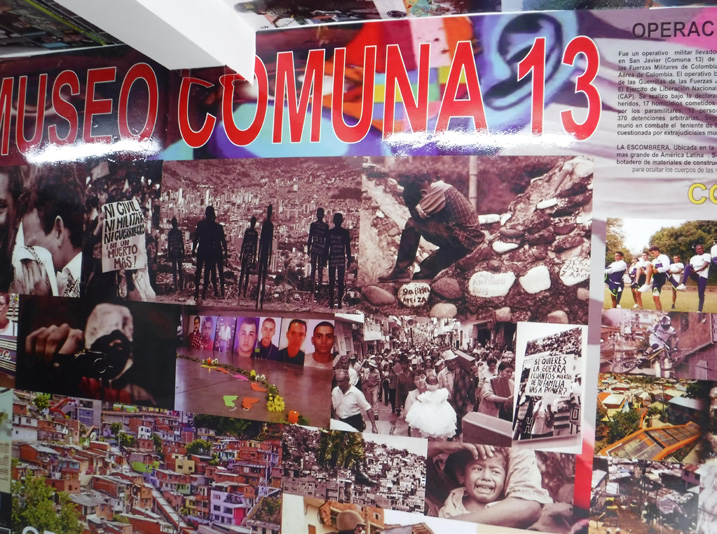
Ten thousand miles away, in the heart of Santo Domingo, another “torture museum” documents the crimes of another dictator, Rafael Trujillo, who ruled the Dominican Republic from 1930 until his assassination in May 1961. When I visited in 2010, the museum was in a tiny storefront with a small collection of photos and an old police car. (In 2011, the Memorial Museum of Dominican Resistance opened to the public after a long campaign to raise funds and find an appropriate location.) Like the former concentration camps I visited at Auschwitz, Dachau and Mauthausen, the theme of these museums is “We must never forget.”
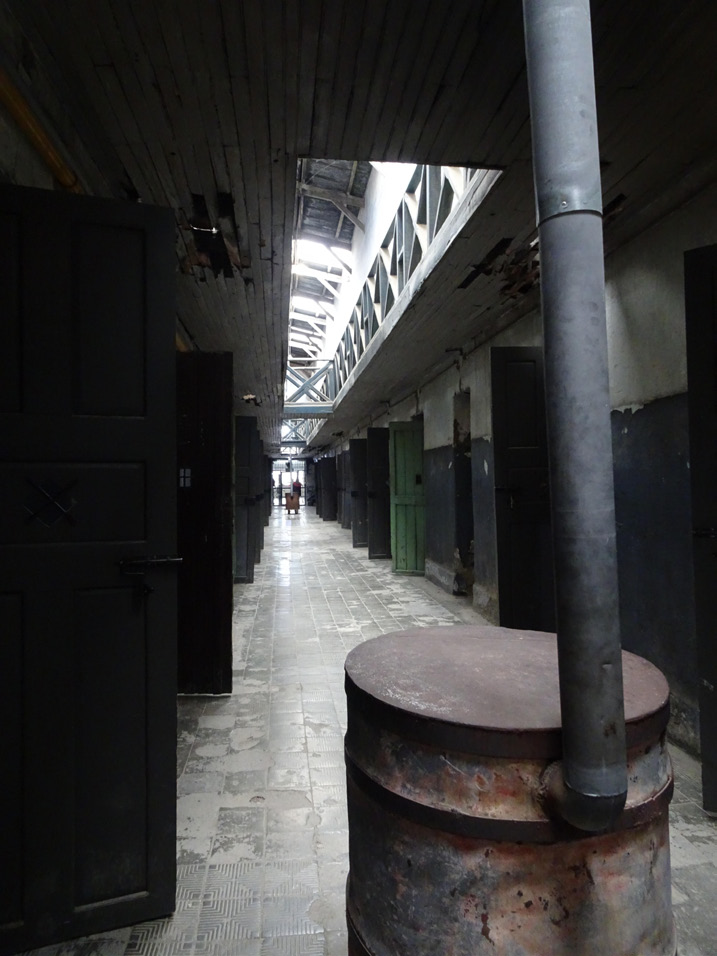
South of the Dominican Republic, in Medellín, Colombia, another small storefront houses the very tiny Museo Comuna 13, which includes photos of past protests against repressive governments, one with the question, “Si quieres la guerra, a cuántos muertos de tu familia vas a poner?” (If you want war, how many of your family are you willing to put to death?) The little museum also documents the reconstruction of the hilltop barrio now served by an enormous system of outdoor escalators that enable the local (poor) people to get to work and to return home without having to climb the mountain every day on foot. The walls surrounding and supporting the escalators are covered with what is referred to locally—and by guides—as graffiti, but is really street art. (In 2013, Medellín won Harvard’s Veronica Rudge Green Prize in Urban Design for the transformation of Comuna 13.)
Even further south, near the southernmost point in South America, an Argentinian prison has been preserved as the Museo Maritimo y del Presidio de Ushuaia. One can walk through the corridors past former prison cells, with life-sized mannequins, to remind us of what it was like to be incarcerated there, or what it must be like to be incarcerated now, especially as the U.S. imprisons more people than any other country. Other corridors are lined with local art unrelated to the prison.
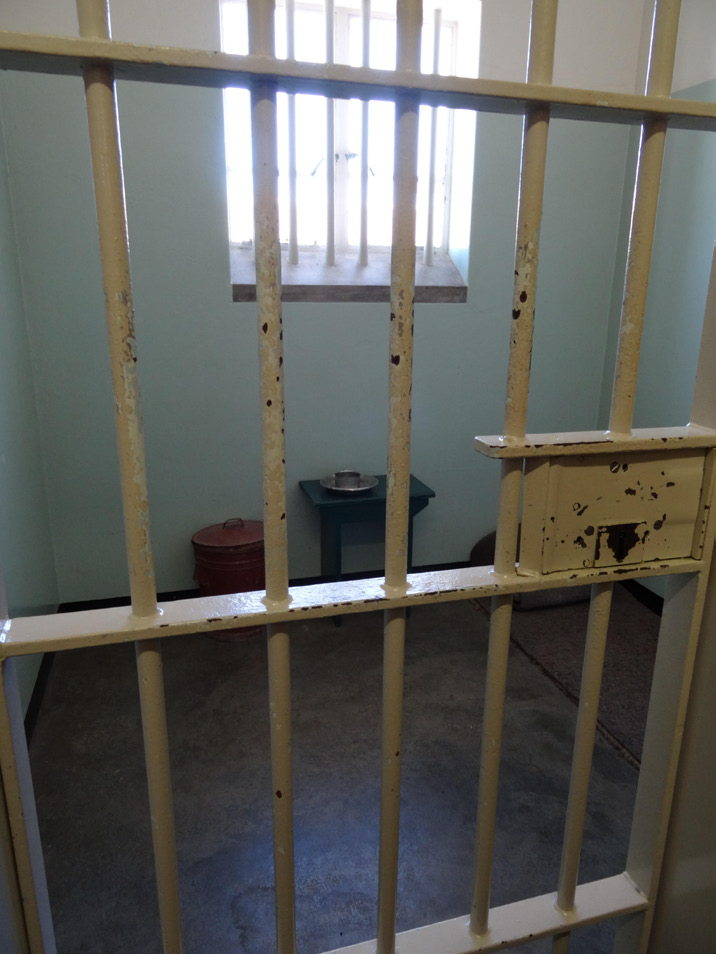
Finally, during a visit to Robben Island, a short boat ride from the heart of Cape Town, we visited where Nelson Mandela was imprisoned for 27 years, including the cell where he lived. Although Mandela made certain that the sins of the apartheid rulers were not visited upon them after he became president, his government chose to maintain the prison as a lesson for future generations and the rest of the world, rather than, for instance, making it the home of a resort hotel or a Disney park.
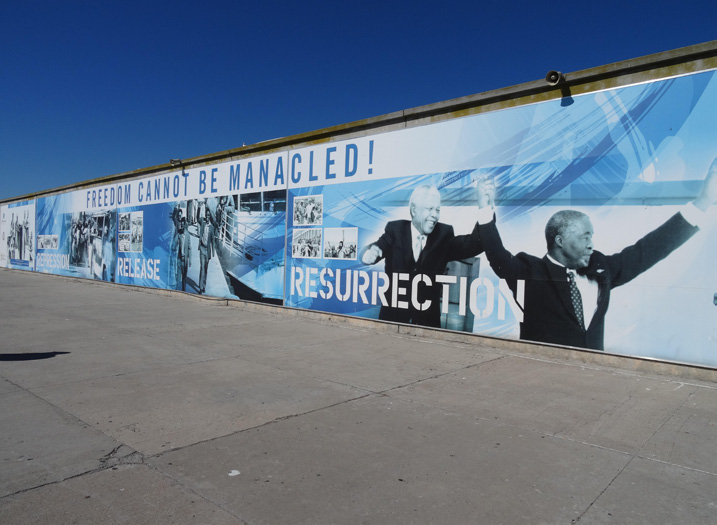
Perhaps someday, if Putin is ever deposed and the Soviet KGB is shut down, the Russian people may be able to convert the famous Lubyanka Prison into a museum, and, closer to home, perhaps Rikers Island in the heart of New York City can also be turned into a museum or a park. These museums—those which exist and those that may be in our future—serve to remind us of aspects of our past that are important, albeit somewhat unpleasant. But perhaps remembering may help us avoid repeating our past mistakes. G&S

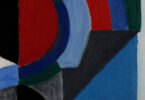
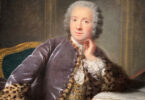
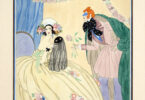
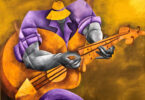
Leave a Comment